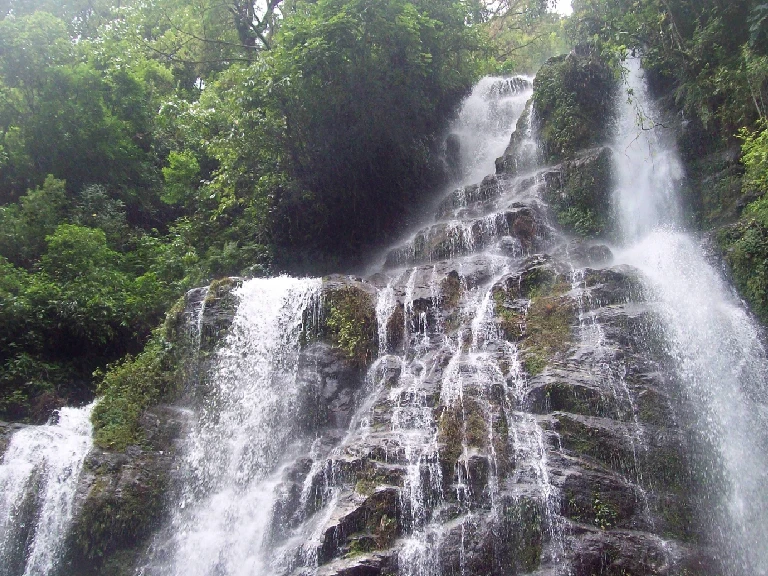Clownfish
There,
not far from rocky sands:
Rolled-up
trousers to the knees,
We
were staring with amazement eyes -
An
anemone in the wonder seas
And
swirling in its thousand arms,
In
bands of orange, black and white
Came
clownfish two - no three and four
Hiding
shy, in low-tide light
Reflecting
sunlight in their scales,
As
if jewels in the tropic Bay,
No
snorkel-mask, in naked sight
Here
they swim, in wonder play
For,
in depth of seas, had I searched for these
But
hard to find are Nemo’s lot,
And
here they were, on a walking tour
On
the rocks of Neil, a coral spot
And
this the icing on a tropic day
After
countless corals, rainbow hues,
And
crabs in purple, green and gold,
And
tetra, surgeon, angel blues
Imagine
then, the treasures still
The
deeper waters, in sunlight dance
Paradise
isles that beckon still
In
the magic of the Andamans…
21st
June’2024
While
Havelock takes the indubitable first prize for any trip to the Andamans, nearby
Neil, its southern neighbour puts up a powerful fight in its runner-up
position. Smaller but blessed with the same coral-white, silicate beaches in
all cardinal directions, Neil Island or Shaheed Dweep is akin to a beautifully
bedecked jewel box – a hidden alcove filled with corals here, a natural bridge
formed from wind erosion there, sunset kissing cliffs farther away, and an
islandly pristineness almost everywhere. Perhaps one of the last places of the subcontinent
that was settled formally – refugees from the 1965 war were relocated here opening
up Neil to human habitation – Neil island is everything you can imagine in a
coral tropical island and perhaps even more. Tourism is playing its usual
bipolar role of bringing prosperity at the expense of natural habitat loss but
with higher awareness of sustainability, there is hope. All its beaches are
worthy of getting an early-stage blue-flag before tourism starts peaking to the
point of little return.
One
of my most memorable experiences here was a walking guided tour – where we got
to traverse in low tide, around coral reefs of varied shapes, while the gin-coloured
waters sprinkled with tinsel coloured fish everywhere, looked like a gigantic open-air
aquarium. In the backdrop of the hollowed out natural bridge (often called
Howrah Bridge loosely) it was an unforgettable experience, culminating with spotting
clownfish not even 20 metres from the rocky shore. Trained by the government,
the local guides were not only earning a livelihood, but were also guiding us
visitors on how to walk around without damaging the wildlife. (There was even
the promise of spotting dugongs but that was stretching our luck to an insane
level bordering on nearly impossible).
There
were two signs of hope – one, sustainable development in current times,
compared to the blatant uncaring growth that has decimated a lot of beauty elsewhere
on the mainland, and the fact that there were more islands in the sprawling archipelago,
left to themselves, with minimal and contained habitation, that will hopefully
stay undisturbed, and where dugongs and manatees perhaps gracefully glide on
shallow waters as they have done for millennia…



Comments
Post a Comment